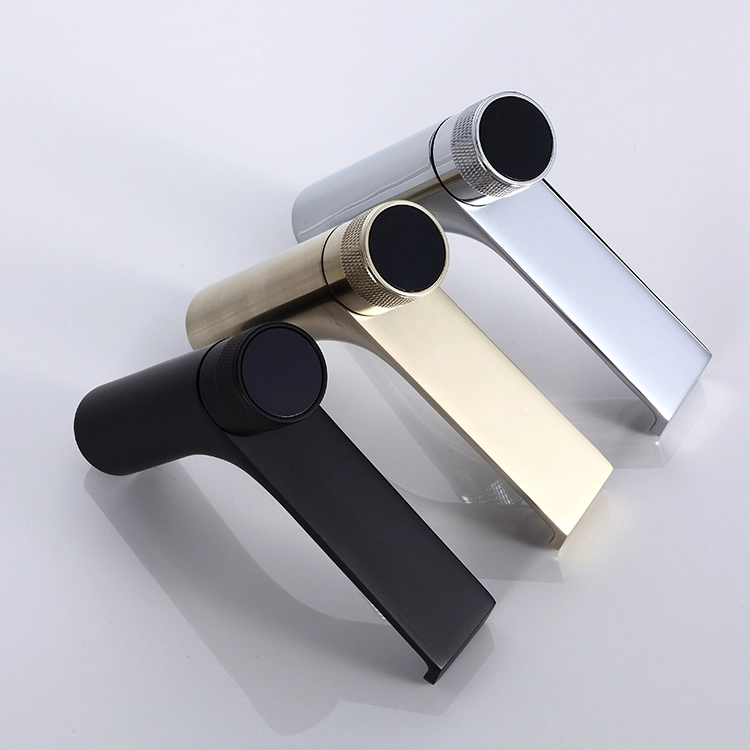Nothing is more unpleasant than a leaking faucet's constant drip. Not only is it a waste of water (and money), but it also irritates you after a while. What is the good news? Fixing a leaking wash basin faucet is usually easier than you think. You don't have to be a plumber or carry a toolbox the size of a suitcase. You'll only need a few basic tools and some patience.
Let's go over everything step by step, the simple, no-nonsense manner.
First things first: is your faucet a single-handle or double-handle type? Also, is it a compression, ball, cartridge, or ceramic disc faucet? Don’t worry if that sounds like plumbing jargon. A quick internet image search will help you match what’s sitting on your sink.
Most modern wash basins use cartridge or ceramic disc faucets, which are pretty straightforward to fix.
This is crucial. You don’t want water gushing everywhere mid-repair. Look under your sink — you’ll find two valves (one for hot, one for cold). Turn them clockwise to shut off the water. Then, turn on the faucet to let out any remaining water in the line.

Tiny screws and washers have a sneaky habit of slipping into the drain. Stuff a rag or use a sink plug to block it. Trust me, it saves a lot of frustration later.
Now comes the fun part. Use a screwdriver or Allen wrench to remove the faucet handle. Most handles have a cap or cover that hides the screw — gently pry it off with a flathead screwdriver or even your fingernail.
Once the handle is off, you’ll see the cartridge or valve stem. That’s where the leak usually comes from.
For compression faucets, the culprit is often a worn-out rubber washer. Just unscrew the valve, pull out the washer, and replace it with a new one of the same size (cheap and easy to find at any hardware store).
For cartridge faucets, you may need to replace the entire cartridge. It sounds intense, but it’s usually just a matter of pulling the old one out and inserting a new one. Make sure you get the right model — bring the old cartridge to the store if you’re unsure.
Put everything back the way you found it. Don’t overtighten the screws — just snug enough. Turn the water supply back on slowly, and test your faucet. If there’s no leak, congrats! You just fixed your faucet and earned yourself a gold star in home repair.
- If your faucet still leaks after changing the washer or cartridge, the problem could be with the O-rings or the valve seat. Both are interchangeable, but it may take a little more research.
- Have you got hard water? Mineral accumulation can harm faucet components. A little vinegar soak can do wonders.
Fixing a leaking wash bowl faucet is simple. After you've completed it once, you'll feel like a DIY superhero. You'll also save money on your plumbing bill and the constant drip.
So next time your faucet starts to weep, don’t panic — just grab a wrench and show it who’s boss.
Need a step-by-step visual? Plenty of helpful tutorials on YouTube can walk you through it based on your faucet type. Happy fixing!
Choosing Kingsdom means investing in quality, style, and durability. Whether you’re renovating a home or outfitting a commercial space, our basin faucets are the perfect finishing touch. Experience the difference with Kingsdom Faucet — where innovation meets elegance.
Ready to upgrade your bathroom? Contact us today to learn more about our products and explore our wholesale pricing options.
